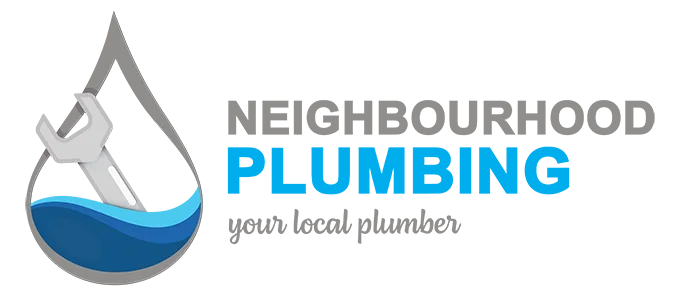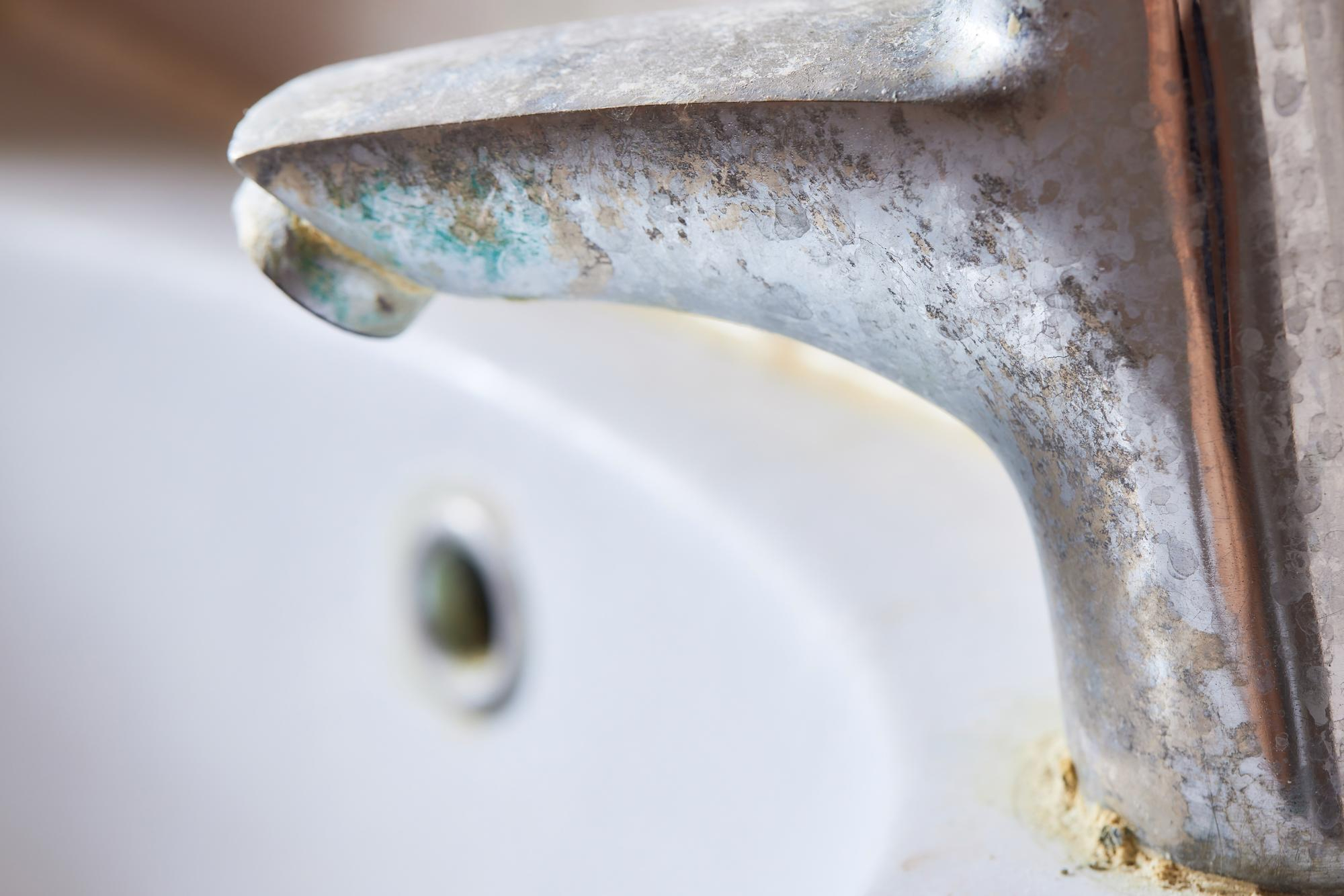
Blocked drains might be a common problem, but that doesn’t mean you have to welcome them with a clogged-up hug. Even though you know the signs of blocked drains like the back of your hand, you can’t help but sigh in defeat.
Calling the Melbourne plumbing service is an obvious flow to follow, but the internet is there with tons of solutions, isn’t it?
We don’t have tons, though, but we’ve tried some that will work for you. Let’s find out how to unblock a drain, in the simplest way possible!
How to Unblock a Drain: 7 Best Ways According to Experts
The bitter truth is, it’s been too late to wonder about how to prevent a blocked drain. Your blocked drain has been begging to be freed, so let’s explore the best ways to unblock it.
Dislodging with a Wire Coat Hanger
Forget pouring boiling water down the drain; it can damage pipes and won’t always work. Instead, grab a wire coat hanger. Straighten it out as much as possible, then bend one end into a small hook.
Gently push this hook past the drain cover and start fishing around. The hook can snag hair, clumps of debris, and other blockages. Be careful not to scratch the drain’s surface. Once you’ve hooked something, pull it out and repeat until the drain flows freely.
Using a Drain Snake (Auger)
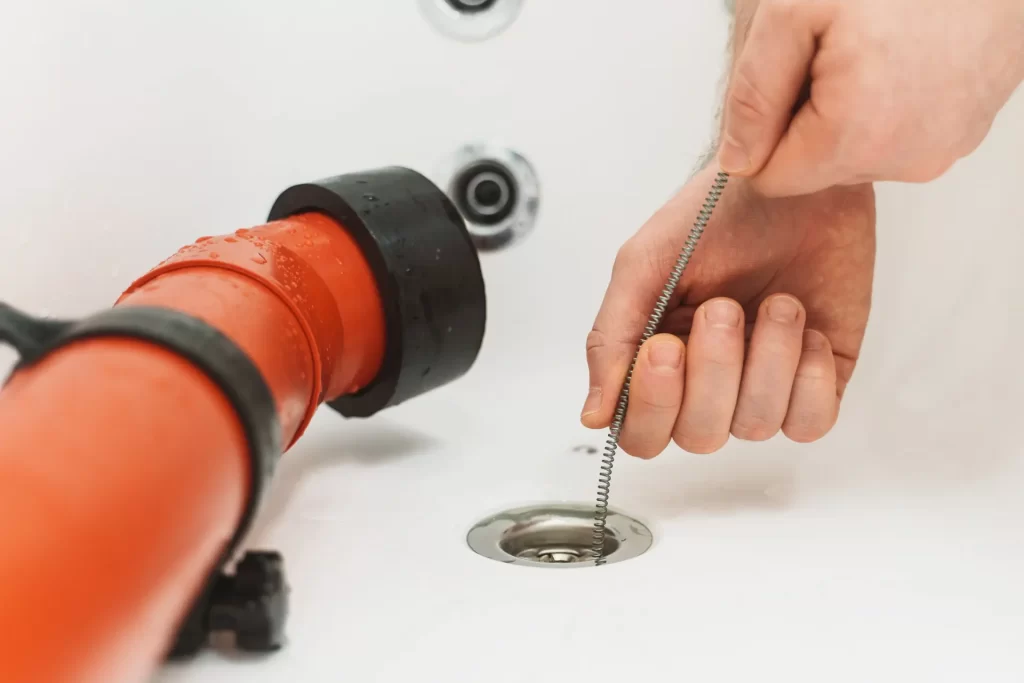
A drain snake, also called an auger, is a flexible cable with a corkscrew tip. Feed the snake into the drain until you feel resistance. Crank the handle to twist the snake, which will either break up the drain blockages or let you pull it out. Be sure to wear gloves and work slowly to avoid damaging your pipes.
Using Natural Cleaners
While the internet is full of advice suggesting baking soda and vinegar as a drain cleaner, there’s a reason why you should never use baking soda and vinegar to unclog a drain. We will discuss this.
But, for now, you have a far better natural option, which is a bacteria-based enzyme cleaner. These cleaners contain beneficial bacteria and enzymes that break down organic matter like hair, food, and soap scum which are the common causes of your drainage to block. They’re safe for your pipes and the environment.
Simply pour the recommended amount down the drain, let it sit for the specified time (usually overnight), then flush with water. These cleaners work best on slow-draining pipes rather than fully blocked ones, as they need time to work their magic. You can use them regularly to prevent future clogs.
Using Caustic Cleaners
Caustic cleaners are powerful chemical solutions designed to dissolve tough blockages in drains. They typically contain sodium hydroxide (also known as lye or caustic soda) or potassium hydroxide, both of which are highly alkaline substances.
Caustic cleaners work by breaking down organic matter like hair, soap scum, food particles, and grease. The high pH level of the solution reacts with these substances, essentially liquefying them so they can be flushed away.
Caustic cleaners are corrosive and can cause chemical burns. Always wear rubber gloves and even eye protection when handling them. Ensure the area is well-ventilated.
Removing the U-Bend
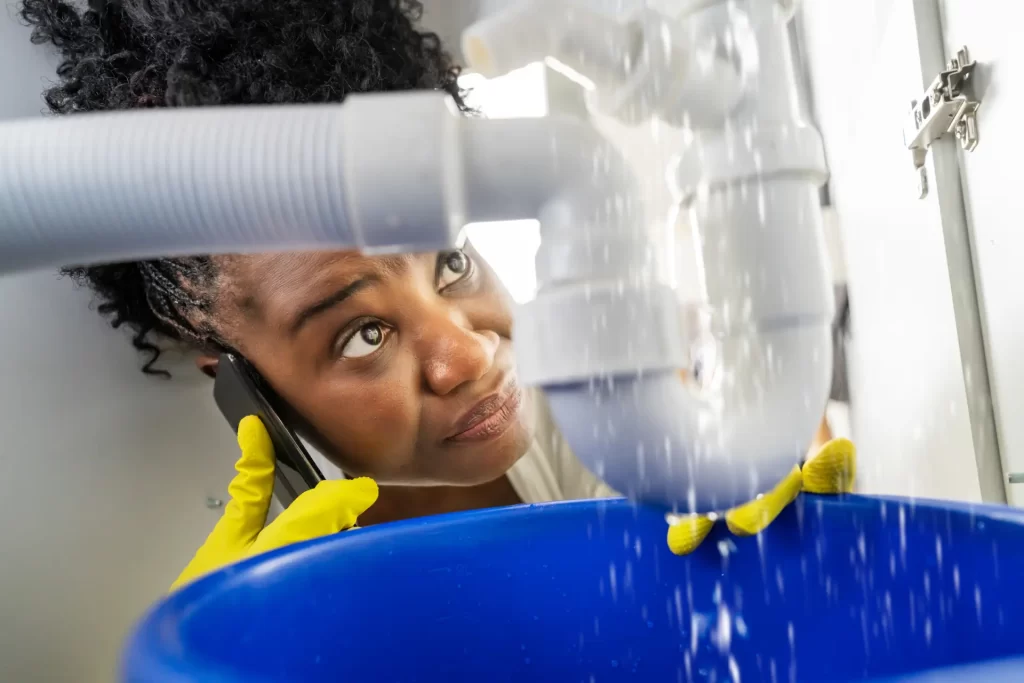
If your sink is draining slowly, the culprit might be a clogged U-bend. To clear it, first, place a bucket under the sink to catch any spillage. This can get messy, so prepare accordingly. Put on rubber gloves to protect your hands. Locate the two slip nuts that connect the U-bend to the pipes on either side.
Loosen them with a wrench or pliers, turning them counter-clockwise. Once loose, gently pull the U-bend down and away from the pipes. Be prepared for some water to drain into the bucket. Clear any debris you find inside the U-bend and rinse it thoroughly.
Reattach the U-bend by hand-tightening the slip nuts, then gently tightening them further with the wrench. Run water to check for leaks and ensure the blockage is clear. Remember, this method only works for sinks, as other drains don’t have an easily removable U-bend.
Using Soda Crystals or Washing Powder
Soda crystals and washing powder can help break down the greasy, fatty deposits that often block the drain. To use them, pour a cup of either product down the drain. Let it sit for about 30 minutes to allow the active ingredients, such as sodium carbonate in soda crystals and enzymes in washing powder, to work on the blockage.
Next, carefully pour a kettle of warm water down the drain to flush away the dissolved residue. Avoid using boiling water with the crystals or powder, as this could cause another issue.
This method is a gentle way to tackle minor blockages and can also serve as a preventative measure when used occasionally.
Calling a Plumber
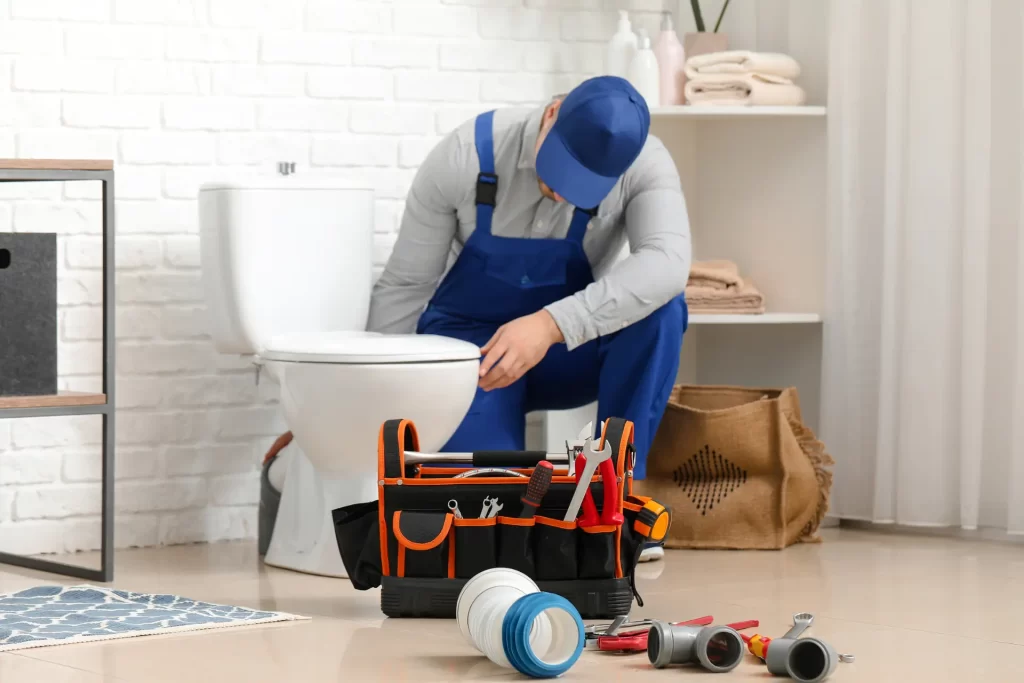
If you’ve tried the DIY methods and your drain is still blocked, it’s time to call a professional plumber. They have the tools and expertise to diagnose and fix the problem quickly and efficiently.
Here are the methods that professional plumbers will usually do to remove the blockages:
- Excavation: For severe blockages deep in the drainage system, plumbers might need to excavate to access the pipes. This involves digging down to the affected pipe, clearing the blockage, and then repairing or replacing the pipe if necessary.
- Jet Blasting: This involves using a high-pressure water jet to blast away blockages and debris. It’s particularly effective for grease and tree root intrusions. Hydro jetting can also clean the interior of the pipe, helping to prevent future blockages.
- Pipe Relining: If your pipes are damaged or corroded, a plumber might recommend relining. This involves inserting a flexible liner into the existing pipe, which then hardens to create a new, smooth surface. Pipe relining is less invasive than replacing the entire pipe and can extend the life of your drainage system.
Ways We DO NOT Recommend to Unblock a Drain
We’ve put several common DIY drain-clearing methods to the test, and here are a few we strongly advise against:
Boiling Water
While it might seem like a good idea to melt away a clog, pouring boiling water down your drain can actually do more harm than good. High temperatures can warp or even melt plastic pipes, leading to leaks and costly repairs. Remember, you are trying a DIY method to solve the problem, not to add a new one.
Baking Soda and Vinegar
This popular combination creates a fizzy reaction that may seem like it’s clearing the blockage, but it’s mostly just a show. The chemical reaction doesn’t dissolve most common clogs and the resulting residue can actually harden and make the blockage worse. Additionally, the oxidation caused by the reaction can corrode metal pipes over time.
Carbonated Drinks

Soda and other fizzy drinks in general are sometimes touted as drain cleaners, but this is a myth. While they contain some acids, they’re not strong enough to break down most clogs. The high sugar content can also leave a sticky residue that attracts more debris, potentially worsening the blockage. Stick to drinking your soda, not pouring it down the drain.
Conclusion
There are a lot of simple methods you can try to unblock a drain yourself, from using a wire coat hanger to natural enzyme cleaners. But remember, some DIY remedies can cause more harm than good.
If you’re unsure of how to unblock a drain effectively or simply don’t have the time or tools, don’t hesitate to call us Neighbourhood Plumbing. We have the expertise and equipment to tackle any blockage, giving you a stress-free solution to your plumbing system!
About the Author
From unclogging the toughest drains to repairing leaking toilets, Ricky is a seasoned plumber who has brought his craftmanship to homes across Melbourne. He is passionate about sharing plumbing tips just as much as he is about fixing your plumbing issues. So, when your taps or pipes begin leaking, you know who to call.
